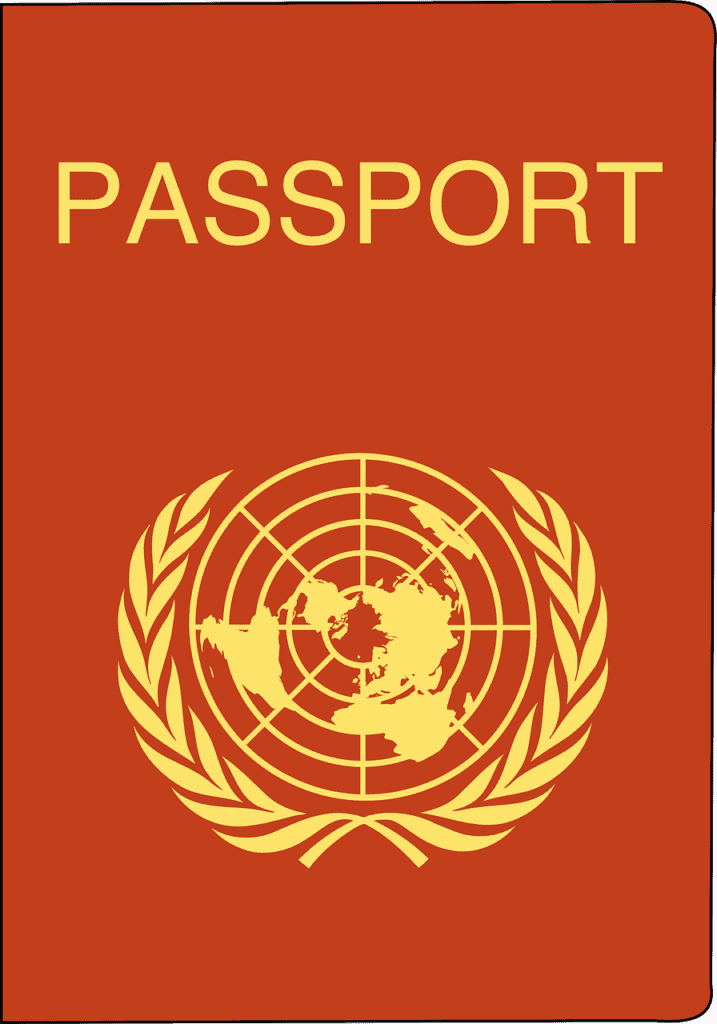
In a world of evolving traditions and changing societal norms, one of the choices that many individuals face when getting married is whether to maintain their maiden name or take their spouse’s surname. When considering a passport name change, individuals should be aware of the legal procedures involved.
Marriage is a significant life event that often prompts individuals to reconsider their identity, including their last name. The decision to maintain one’s maiden name, take one spouse’s name, or hyphenate the two is deeply personal and should be made with careful consideration of personal, cultural, and legal factors.
In this article, we will explore the various options and considerations for individuals when it comes to their passports and the choice between maintaining their maiden name or adopting their spouse’s name.
Maintaining Your Maiden Name on Your Passport
The Process
Choosing to keep your maiden name on your passport is a straightforward process. When applying for or renewing your passport, you simply provide your maiden name as your last name. This option allows you to maintain consistency in your identification documents.
Pros
- There is no need for a legal name change
- Simplified documentation
- Consistency with other identifications
Cons
- Potential confusion if you have different last names from your spouse
Taking Your Spouse’s Name on Your Passport
The Process
To adopt your spouse’s name on your passport, you will need to follow a specific procedure. This typically involves providing your marriage certificate as proof of the name change. The passport agency will then issue a new passport with your spouse’s last name.
Pros
- Shared family name
- Simplified identification
- Consistency with spouse’s identification
Cons
- Legal documentation required
- Potential complications if marriage ends in divorce
Hyphenating Your Last Names
The Process
For those who want to honor both their maiden name and their spouse’s name, hyphenating offers a middle ground. This involves combining both last names with a hyphen in between. The process is similar to taking your spouse’s name, requiring legal documentation and proof of marriage.
Pros
- Symbolic representation of both family names
- Consistency with spouse’s identification
Cons
- Legal documentation required
- Longer last name, which may cause challenges in some situations
Legal Requirements and Documentation
Regardless of the option you choose, updating your passport requires legal documentation. This usually includes your marriage certificate or court-ordered name change documentation. Ensure you have the necessary paperwork to avoid delays in the process.
Passport Application Process
When updating your passport with your new name, you’ll need to follow the standard passport application process. This includes submitting an application form, providing the required documents, and paying the applicable fees. Be prepared to wait a few weeks for your new passport to be issued.
Updating Other Official Documents
Changing your name on your passport may necessitate updating other official documents, such as your driver’s license and Social Security card. Make a checklist to ensure all your identification reflects your chosen name.
Traveling with Different Last Names
If you and your spouse have different last names on your passports, it’s advisable to carry a copy of your marriage certificate when traveling together. This can help avoid potential issues at immigration checkpoints.
International Considerations
Keep in mind that rules and regulations regarding name changes on passports may vary from country to country. If you plan to travel internationally, research the requirements of your destination and plan accordingly.
Changing Your Mind: Updating Your Passport Later
If you decide to change your name on your passport at a later date, the process is similar to the initial change. You will need to provide the necessary documentation, and a fee may apply.
Cultural and Societal Perspectives
The decision to maintain your maiden name or take your spouse’s name can also be influenced by cultural and societal factors. Some cultures have strong traditions associated with name changes, while others emphasize individual identity and choice.
Frequently Asked Questions
FAQ 1: Can I use both my maiden and spouse’s names on my passport?
No, you cannot have both names on your passport simultaneously. You must choose one as your official last name.
FAQ 2: How long does it take to change my name on my passport after getting married?
The processing time varies, but it typically takes a few weeks to receive your updated passport.
FAQ 3: Do I need a legal name change to update my passport with my spouse’s name?
Yes, you will need legal documentation, such as a marriage certificate, to change your name on your passport.
FAQ 4: What if my marriage ends in divorce? Can I change my name back on my passport?
Yes, you can change your name back on your passport after divorce by providing legal documentation of the name change.
FAQ 5: Are there any restrictions on hyphenating last names on a passport?
There are generally no restrictions on hyphenating last names on a passport, as long as you provide the required legal documentation.





